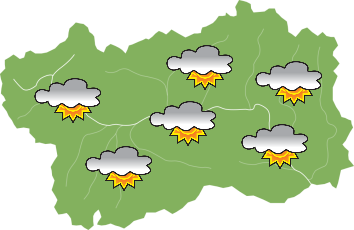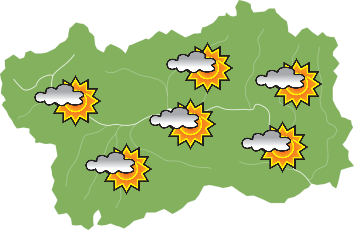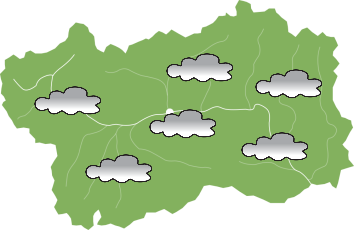The craftsmen of the Aosta valley traditionally used the term “l’Artisanà” to refer to the shop in the centre of Aosta where the products displayed during the Sant’Orso Craft Fair were taken for sale once the fair was over. Thus, the Institut Valdôtain de l’Artisanat de Tradition has decided to make this name its communication brand, combining the cultural and commercial sectors of its activity.
Today there are four Artisanà boutiques spread all over the region, providing an original showcase for a living, evolving craft industry rooted in tradition.
The boutiques de L’Artisanà offer tourists and aficionados the chance to take home an authentic piece of the Aosta Valley: objects crafted in wood, earthenware and wrought iron, as well as textiles and ceramics, testifying to the traditions of our region that stretch back thousands of years.
The boutique in Aosta
A pioneer in the exhibition and sale of traditional Valle d’Aosta craftsmanship, the Aosta boutique opened its doors on 1st January 1942. Located in the same place then, under the arcades of Piazza Chanoux on the ground floor of the Aosta town hall, the it is known to insiders and countless visitors as L’Artisanà. It is here that now as then, enthusiasts can find the best of local savoir faire.
In December 2017 the boutique was renovated to make the environment even more welcoming.
Opening times are subject to variations: we advice to verify them before the visit (see the “Contacts” area) or by clicking here










